The one feature I’ve always desired from a compact camera is a 50mm lens. I would estimate that around 75% of my photography is shot with a normal focal length. This is actually one of the main reasons I haven’t been shooting with compact cameras as much lately. If the alternative is to have to carry my Leica M on a strap rather than put a compact in my pocket, the Leica option wins more often than not simply for the fast 50mm it allows me to shoot.
The Nikon F75 isn’t that much bigger than my Leica with a 50mm mounted, and it’s definitely lighter – so it’s no issue to carry it around in the same way as I do the Leica. As daft as it sounds, this was actually a little bit of a revelation to me. I have such a strongly embedded mindset that rangefinders are smaller than SLRs – especially more modern ones – that I suppose it’s never really occurred to me that this could be the case. Whilst on the topic of size – as I mentioned in the part 1 of these posts – the other thing that really surprised me about this camera is how similar it is in size to the Sony A7Rii with its smallest lens – the 35mm f/2.8. If I can be happy with the size of that camera, I can surly find peace here… I shall no doubt come back to this point throughout these posts…
Auto and close focusing
Shooting a Leica rangefinder as my main camera I have long been accustomed to manual focus and the comparatively long close focus distance. I’ve spent enough time with a rangefinder to find focusing them quite instinctive, and have adopted the view that if I want tighter framing for a portrait I just need to use a longer lens than a 50mm. That being said, as I mention in part one of this little project, shooting an F90x did give me some autofocus kicks. What I’d forgotten was just how much closer I’d be able to frame with an SLR lens.
The above photo was one of the first I took with the F75, and so far, is also one of my favourites too. With a rangefinder and a 50mm lens you’re a little more toward the realms of contextual portraits, whereas with the ability to close focus with this 50mm I could frame a lot tighter and just focus on capturing her cheeky little character. The AF worked a treat too, it’s not as fast as some cameras I’ve used, but given the light level here, and closeness of subject, it did quite well.
Half a roll of joy
I’ve got back into my bad habit of mid-roll changing – as such the shots in this post are actually only from a half roll of HP5. I currently have loads of half rolls of film that I’ve extracted from a camera so I can load it with something else. Anyway, that’s a thought for another time, I only mention it here as it explains the relative few images alongside me stating that I had a really high hit rate.
I concentrated the shots I had left of this roll on shooting my kids, and was happy with almost all of the images I had back. It was this that it made me think I might have landed on my feet with this camera. These shots really sum up what I hoped I would get out of using the F75 as a point & shoot camera. This was exactly the success I’d been hoping to find… the next step would be to use the camera under more difficult circumstances…
All posts from this project can be found here
Share this post:
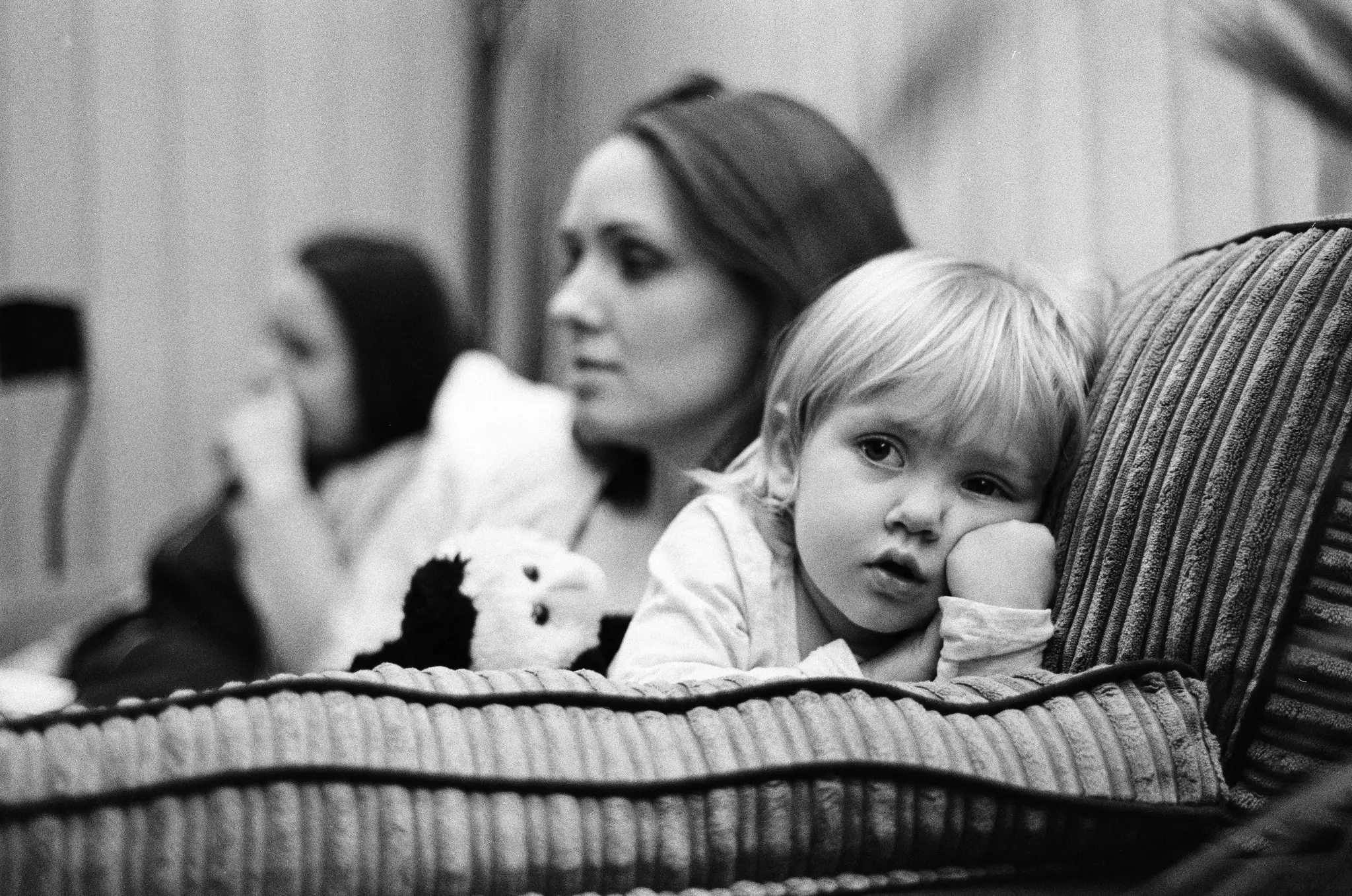
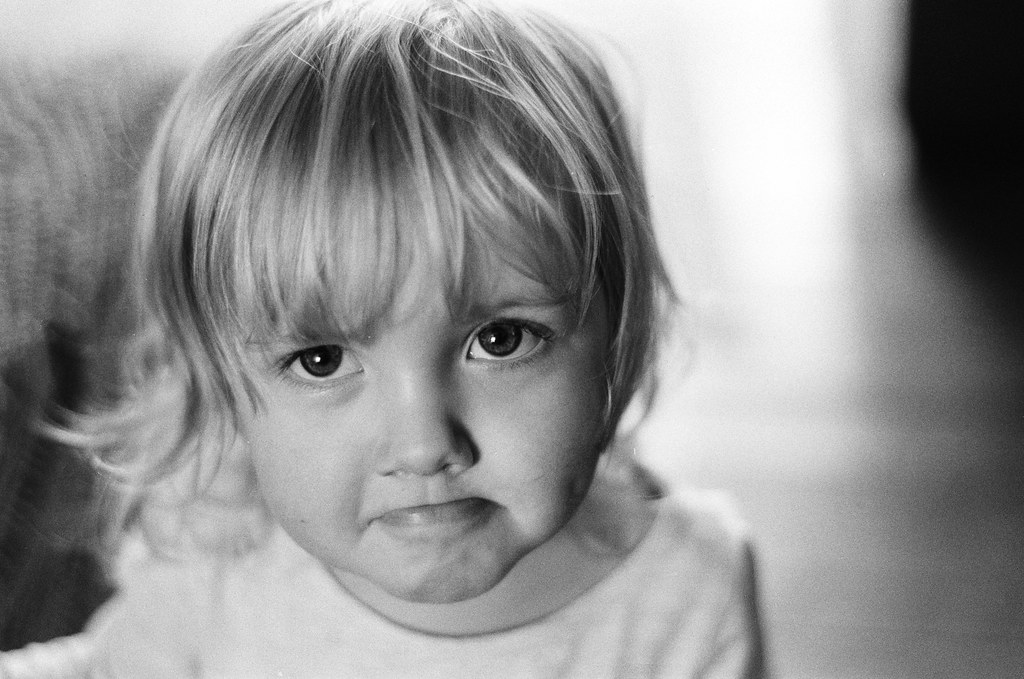
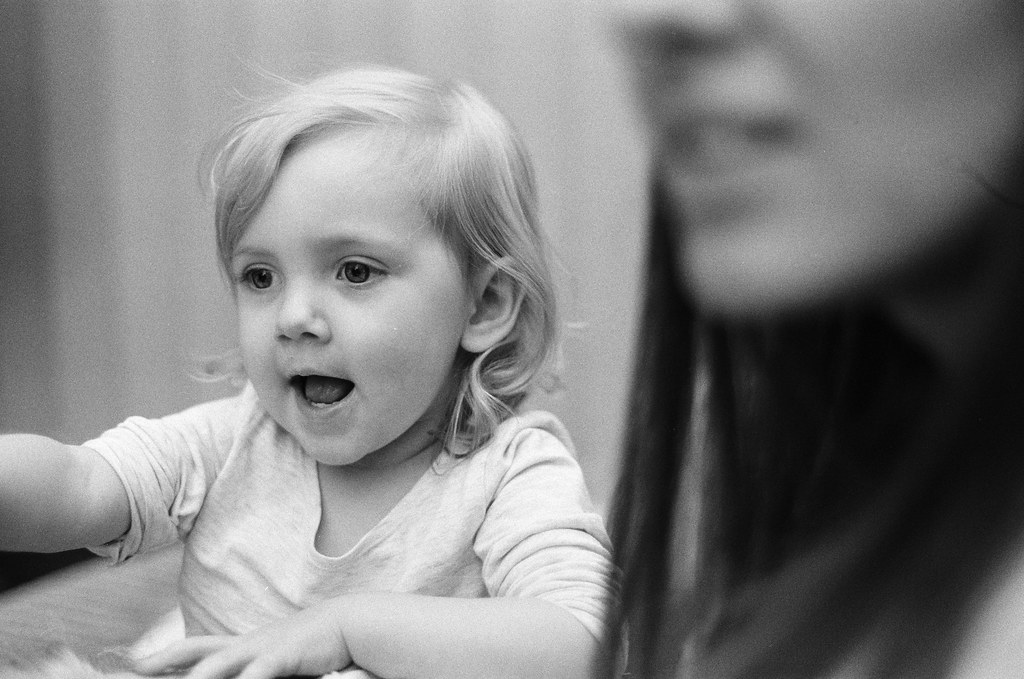
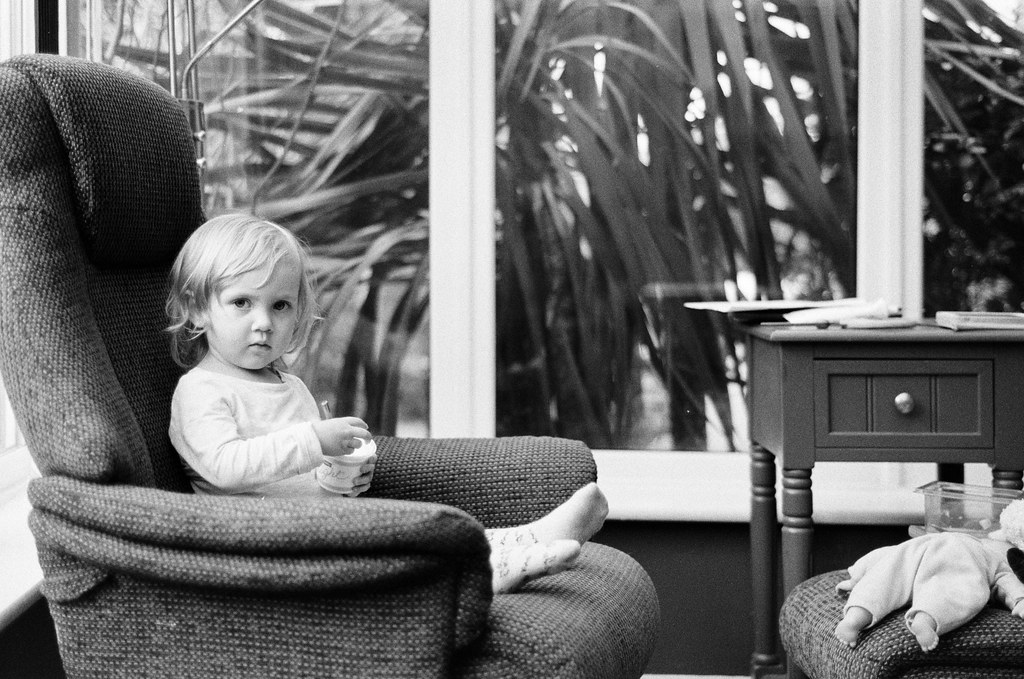
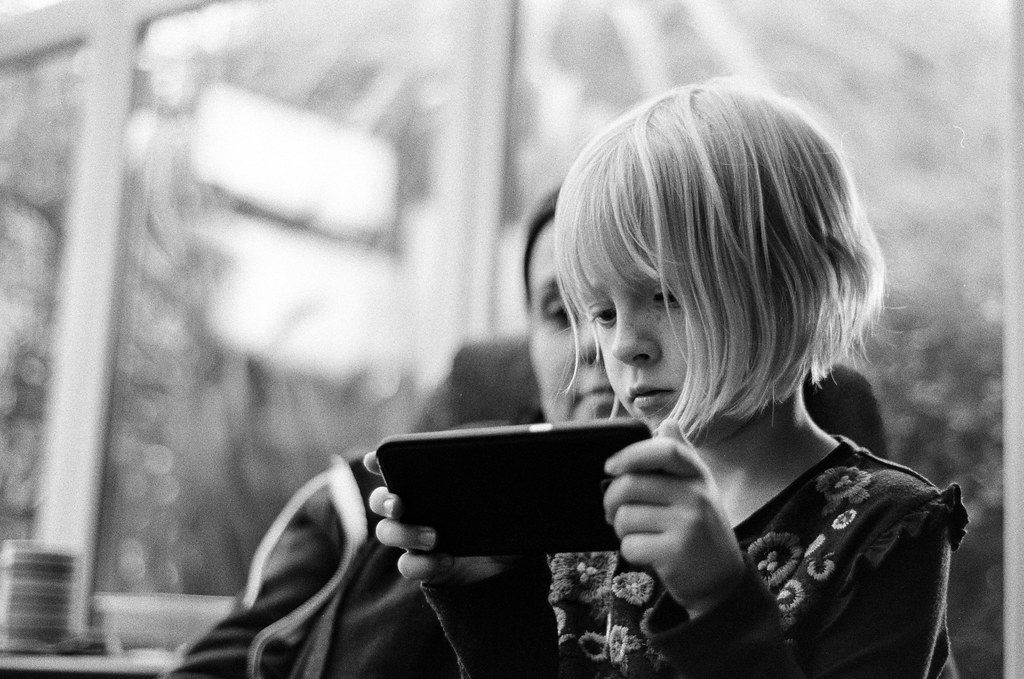
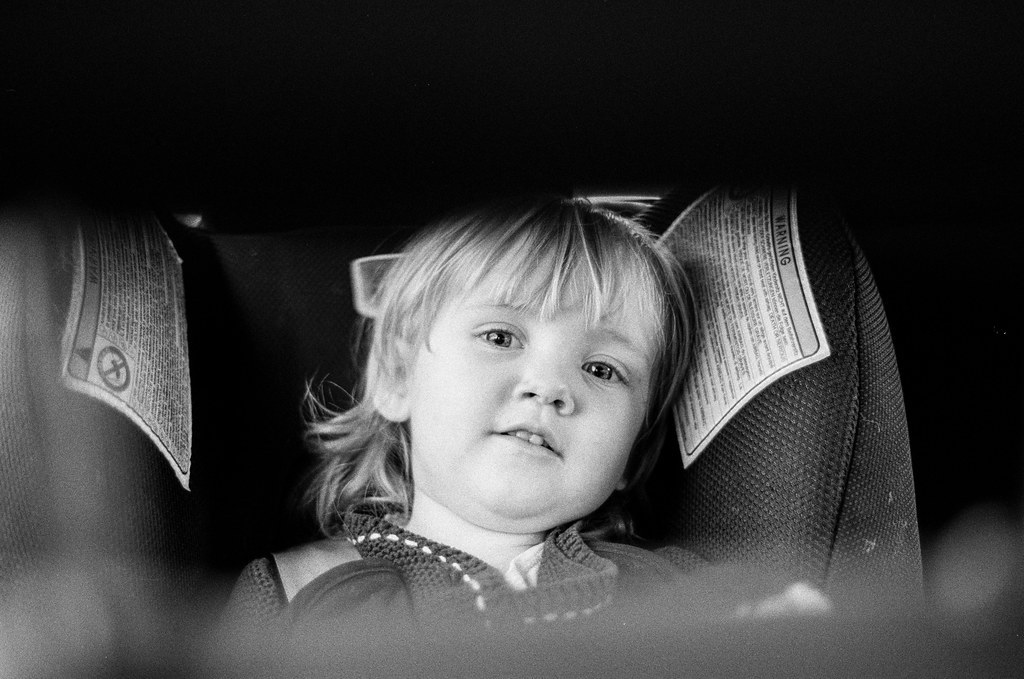
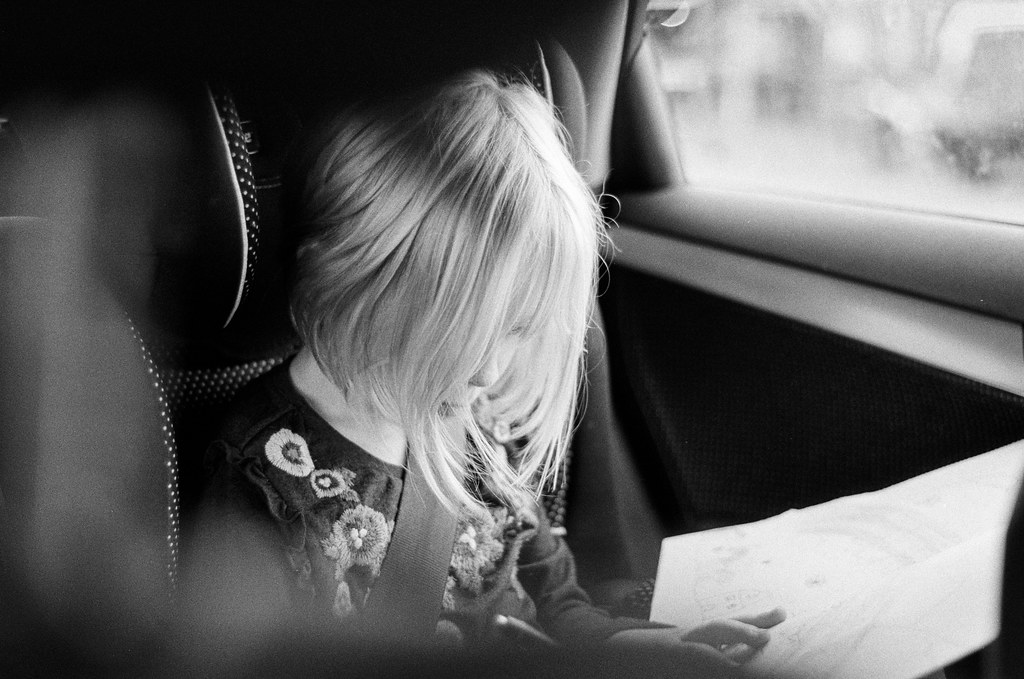
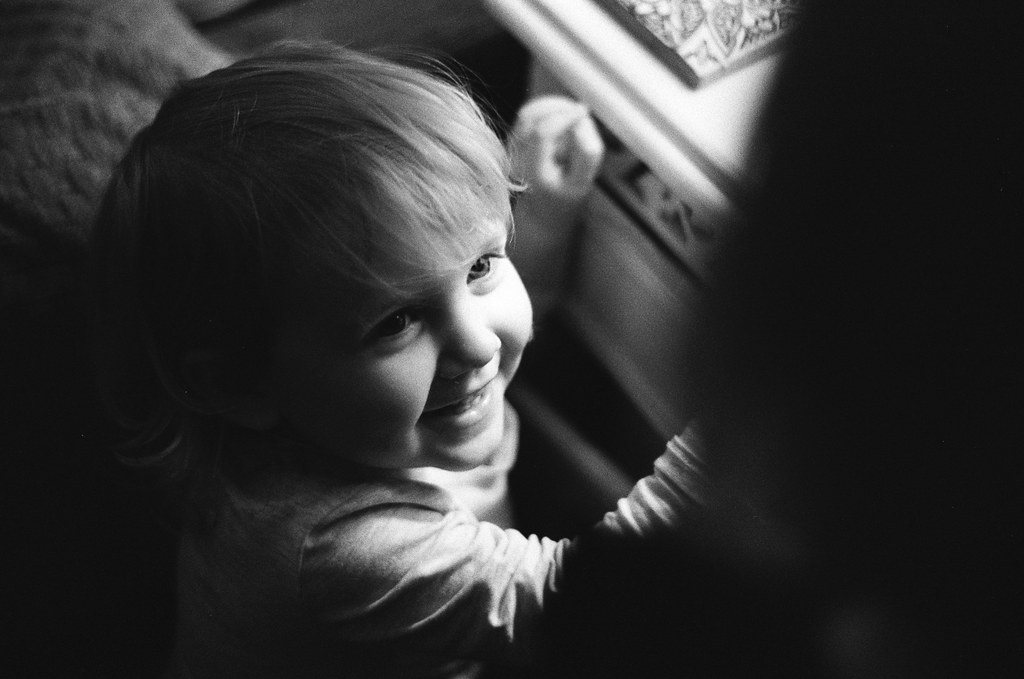








Comments
Frank Lehnen on Nikon F75 Project – Part 2 – revelling in the 50mm point & shoot experience
Comment posted: 23/12/2017
Strange to see the attraction relatively simple cameras can have. I liked the Canon T50 a lot, and you can't go simpler. Just no auto-focus. And for me the greatest advantage of an SLR is the close focus you can achieve compared to a rangefinder.
Happy holidays to you and your family!
jeremy north on Nikon F75 Project – Part 2 – revelling in the 50mm point & shoot experience
Comment posted: 23/12/2017
You make a good point about the different experience when shooting with an SLR
Rob MacKillop on Nikon F75 Project – Part 2 – revelling in the 50mm point & shoot experience
Comment posted: 23/12/2017
Comment posted: 23/12/2017
Callum on Nikon F75 Project – Part 2 – revelling in the 50mm point & shoot experience
Comment posted: 23/12/2017
Karl-Heinz Schroeder on Nikon F75 Project – Part 2 – revelling in the 50mm point & shoot experience
Comment posted: 23/12/2017
Terry B on Nikon F75 Project – Part 2 – revelling in the 50mm point & shoot experience
Comment posted: 23/12/2017
Since the mid-1980's my film slr's were a succession of Leicas from the first Leicaflex, through SL2, R3 and R7, all quite heavy. My first AF slr was added to my collection about two years ago purely on historical grounds, it being the very first Eos, the 650. I already had a couple of Canon lenses which I got when I bought my A7 when this was released, so the 650 was a no-brainer, especially at its £5.50 asking price. I was quite taken with the AF, so much so that I added the more advanced Eos 5.
Last year, I saw an F75 on ebay for £28 including the battery pack. I didn't know anything about it, but KR gave it a very favourable write-up. I went for it and was indeed surprised at how compact and lightweight it was compared to the Canon Eos 5. Minus the battery pack, the F75 is indeed small, but the much larger Eos 5 is definitely more ergonomic and a joy to hold.
Comment posted: 23/12/2017
Jos on Nikon F75 Project – Part 2 – revelling in the 50mm point & shoot experience
Comment posted: 26/02/2021
I came across your very informative project! I'm looking for a kind of point and shoot camera for my girlfriend, so she also can take pictures of our daughter. She is not into the technical part of photography and she just wants to turn on the camera and take a shot with autofocus, but also with an option to change lenses. Because of your project and your findings I am very interested in the Nikon F80. Will I be able to use the "P mode" with every lens? I read somewhere that a D lens (like the AF Nikkor 50mm f/1.8D) can't function in "P-mode" because of the aperture ring that has to be set in the minimum setting (f 22) and lock. Is this true? If yes, which portraiture lenses do you recommand? Thanks very much for your help.
Comment posted: 26/02/2021